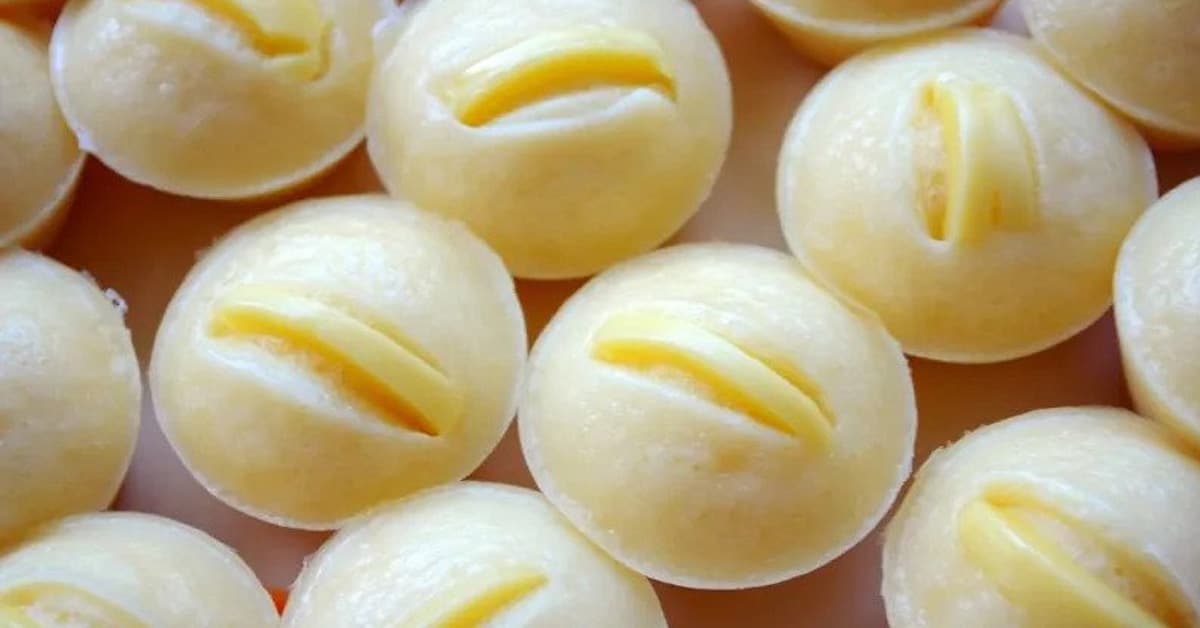Filipino Snacks – Authentic Salty and Savory Tastes
Filipinos adore food. Food consumption and sharing are important aspects of Filipino culture. It fosters community by bringing people together. In the Philippines, gathering or celebrating without food plays a significant role.
In fact, “kain na” or “kumain ka na” is one of the most typical greetings in the Philippines. This is literally translated as “Have you eaten?” or “Let’s eat.” Even though the person being invited to eat isn’t always expected to accept, it’s polite to extend the invitation nonetheless.
Please leave a review or any memories of this snack in the comments at the bottom of this page. Thank you!
Learning about Filipino snacks will help to understand the culinary customs and traditions up close. Below, we will explore 10 Filipino snacks that are an essential part of the country’s culinary adventure.
Names of Filipino Snacks
- Suman
- Puto
- Taho
- Fish Balls
- Chicharon
- Bibingka
- Ensaymada
- Empanadas
- Turon
- Manga at Bagoong
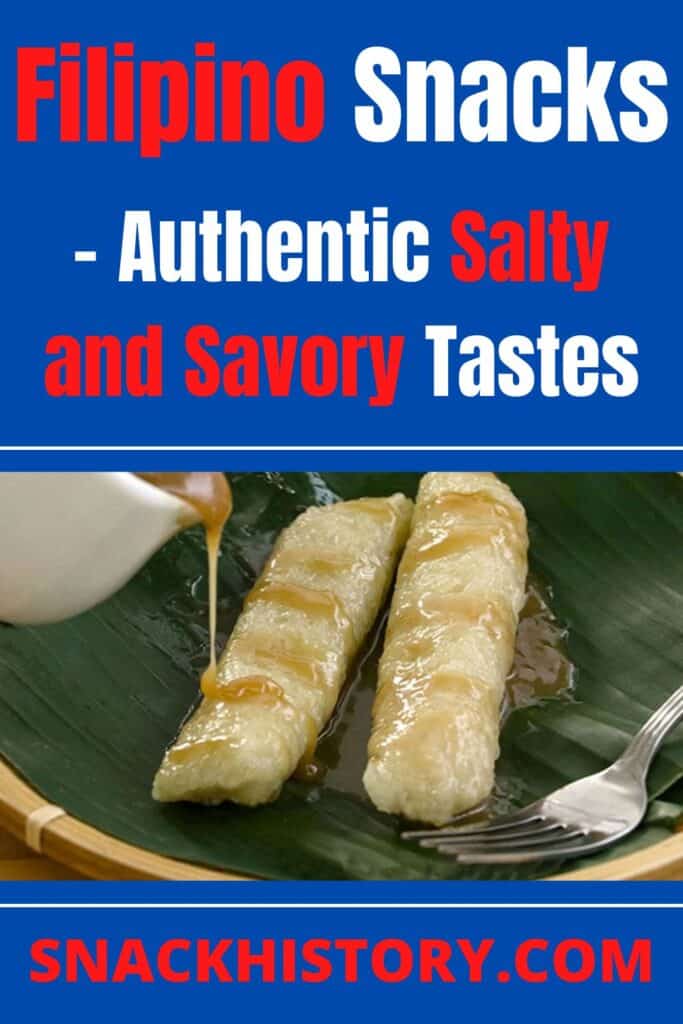
What Is Merienda?
Merienda literally means “snack” in Spanish. Various nations, including Spain, Portugal, Italy, Argentina, Croatia, Morocco, and Brazil, follow this culinary custom. Despite the fact that it is a ceremony cherished by many cultures throughout the world, it is obvious that Filipinos received the practice from the Spanish because they were a colony of Spain for over 300 years.
Merienda is commonly consumed in the Philippines at 3 or 4 PM, perhaps in the middle of the day. The quick, savory, or sweet Filipino snacks are meant to fill you up until dinner.
If you have ever been to the Philippines or even if you’ve just decided to spend a week here, chances are that you’ll definitely eat merienda every day. In the Philippines, eating it is just as widespread as eating breakfast, lunch, or supper.
10 Popular Filipino Snacks You With Authentic Flavors
1. Suman
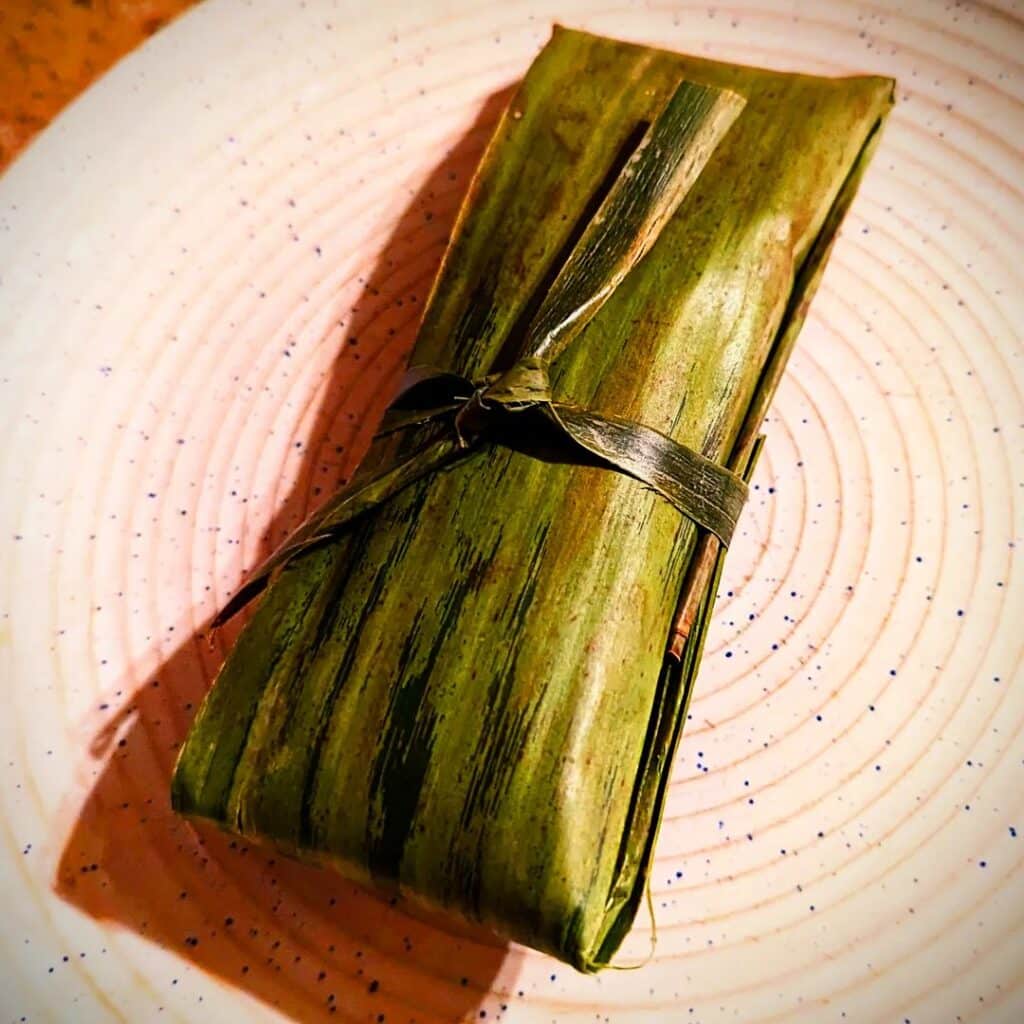
Suman, among other well-known Filipino snacks, is one of the cuisine’s most culturally representative dishes. It is prepared with sticky rice that has been boiled in coconut milk and wrapped in banana leaves before being steamed.
It is also frequently consumed as a morning meal. It has a very sticky texture and is frequently served warm with sugar sprinkled on top or latik, a form of caramelized syrup prepared with coconut cream. Suman can be created in a variety of forms and variants, but the cigar-shaped version is the most popular.
2. Puto
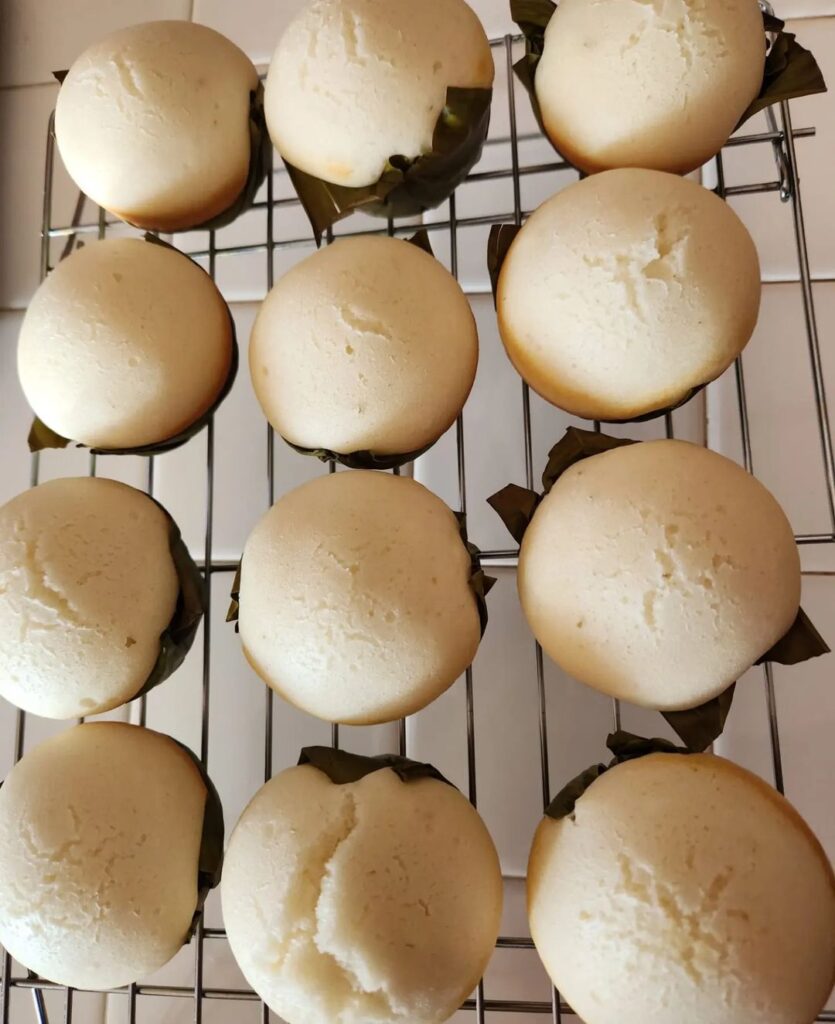
Puto is one of the most iconic Filipino snacks. The first thing that comes to mind when considering the meals that most accurately represent Filipino culture and cuisine is this particular one.
Steamed rice cakes are created from slightly fermented glutinous rice dough (galapong). In more recent forms, glutinous rice flour is frequently used in place of the traditional glutinous rice steeped in coconut milk.
The most typical kind of puto is tiny, muffin-shaped, and has a diameter of roughly a golf ball. They are normally white, but depending on the other ingredients used to make them, such as ube, pandan, or queso, they can also be different colors.
Although puto can be created in numerous sizes, bite-sized puto is the most typical. For example, the putong puti (white puto) is palm-sized and covered in individual banana leaves.
3. Taho
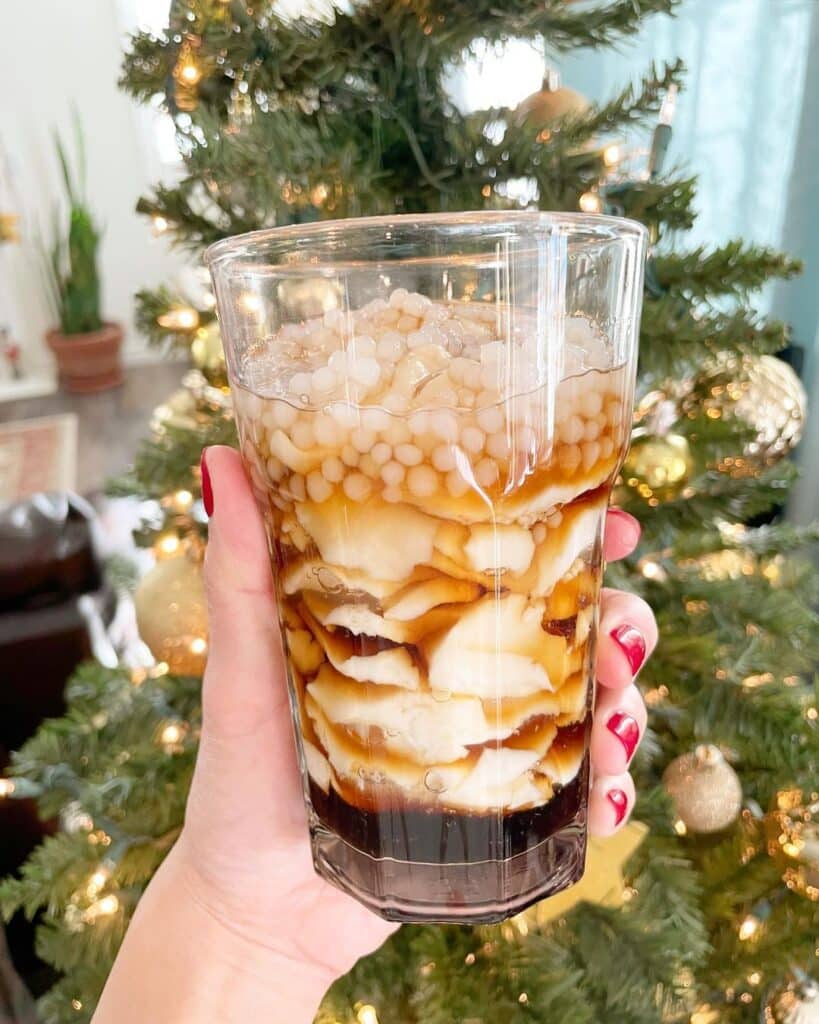
For many Filipinos, the simple mention of the term “taho” brings back pleasant childhood memories. Taho is the Filipino name for douhua, a common Chinese snack made of silken tofu that is eaten throughout much of Asia. There are several methods to prepare and enjoy douhua, but in the Philippines, it is often made with just three ingredients: silken tofu, arnibal (brown sugar syrup), and sago (tapioca) pearls.
Taho is never prepared at home. It is primarily offered as street food. It is marketed in two sizable aluminum buckets suspended on a bamboo pole on either side. One bucket would contain the silken tofu, while the other would have the arnibal and sago.
4. Fish Balls
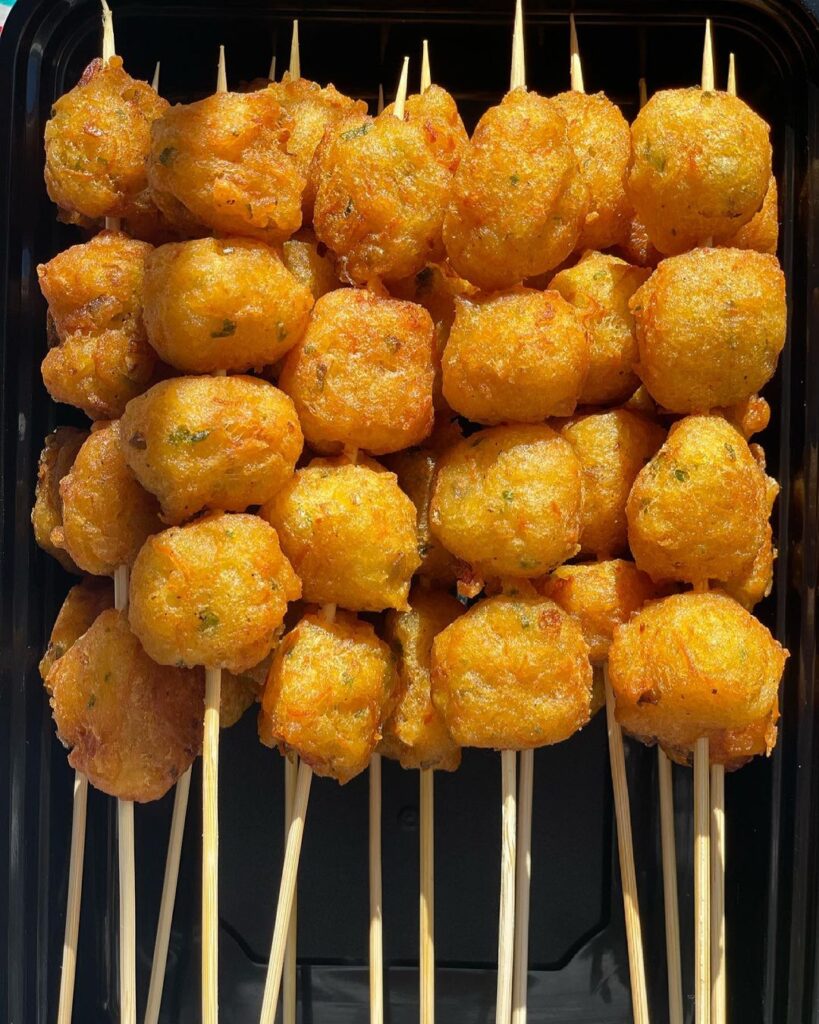
Fish balls are among the most recognizable Filipino snacks. To make fish balls at home, you may purchase packs of frozen fish balls from the grocery store, but the taste isn’t the same.
Fish balls are exactly what they sound like flour-based balls that have been combined with flakes of some kind of fish flesh. They are skewered, deep-fried in oil, and then served with one of three sauces: a vinegar and chili sauce, a savory-sweet brown sauce, or a mixture of the two. Many Filipino children equate fish balls with the school. Mobile street sellers would frequently set up shops outside elementary and secondary schools to sell them.
5. Chicharon
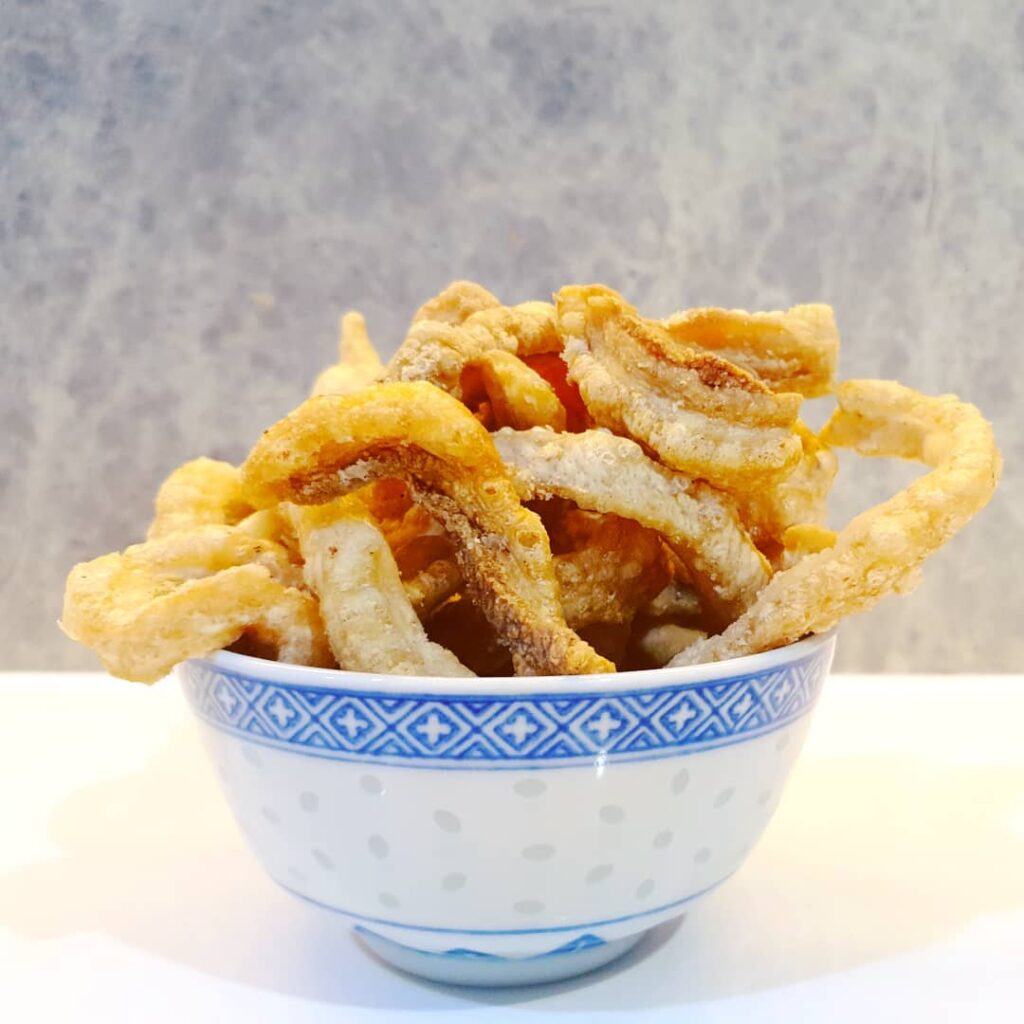
Deep-fried pig rinds are popular and loved in numerous nations, including the Philippines. These Filipino snacks are made from hog skin and other animal parts.
Although the term “chicharon” may be used to describe a variety of crunchy, fried treats, the most well-known kind is made from hog skin. Fried pork rinds are the most popular ones, however, chicharon can also be made from chicken skin, hog mesentery, and pork mesenteric tissue.
Chicharon is more frequently consumed as a straight snack or bar food. Any Filipino bar worth visiting will likely have some kind of chicharon dish on the menu.
Chicharon bulaklak is both crispy and chewy, in contrast to other varieties of chicharon that are only crunchy. “Bulaklak,” which in Filipino means “flower,” alludes to the mesentery’s frilly, floral form.
Any variety of chicharon is typically served with spicy vinegar to help balance out the richness of the fat. Not exactly one of the more healthy Filipino snacks, but surely among the best.
6. Bibingka
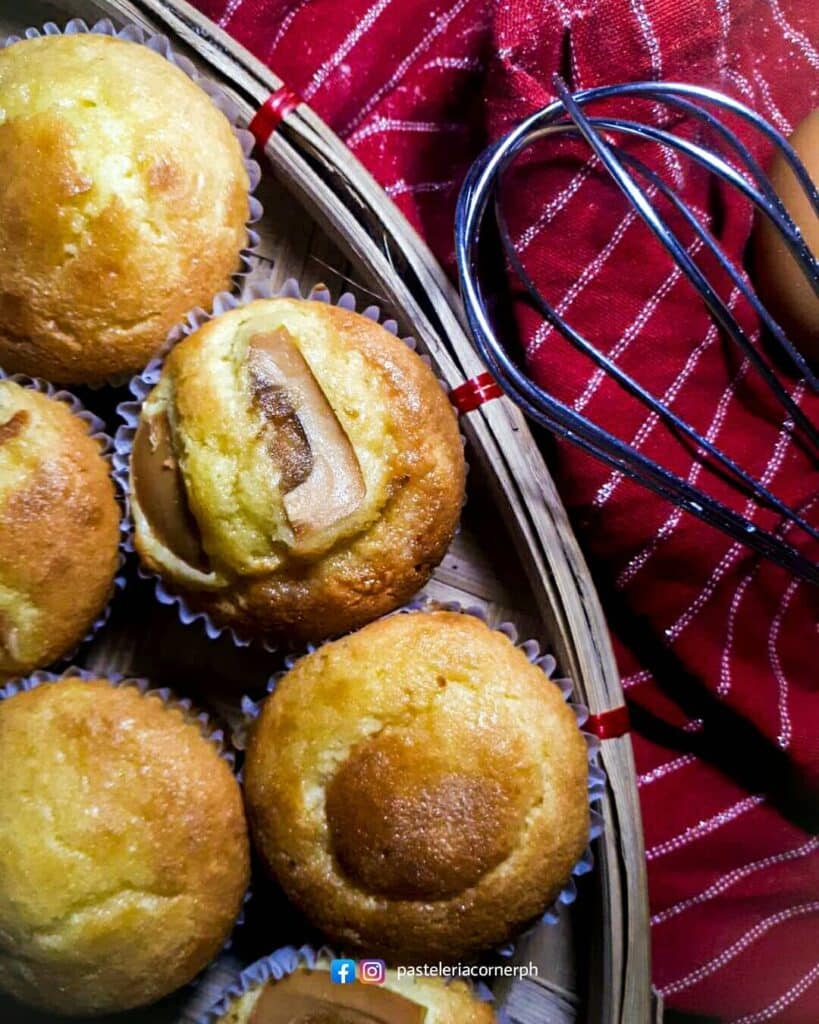
Bibingka is one of the most delicious Filipino snacks that you should try if you go to the Philippines over the holidays. Even though it is now available all year, it remains one of the most well-known Filipino treats associated with the holiday season.
The term “bibingka” describes a kind of sticky rice cake cooked with coconut milk. The Filipino rice cake known as bibingka is baked in a clay pot coated with banana leaves, as opposed to other varieties that are normally steam-cooked. The batter is cooked from the top and bottom of the pot, which is positioned between two layers of burning charcoal.
Around Christmas, many Filipinos relish the festive dessert known as bibingka. It may be had as dessert, like other Filipino rice cakes, but it’s most frequently eaten as merienda, typically with melted butter and shredded coconut.
7. Ensaymada
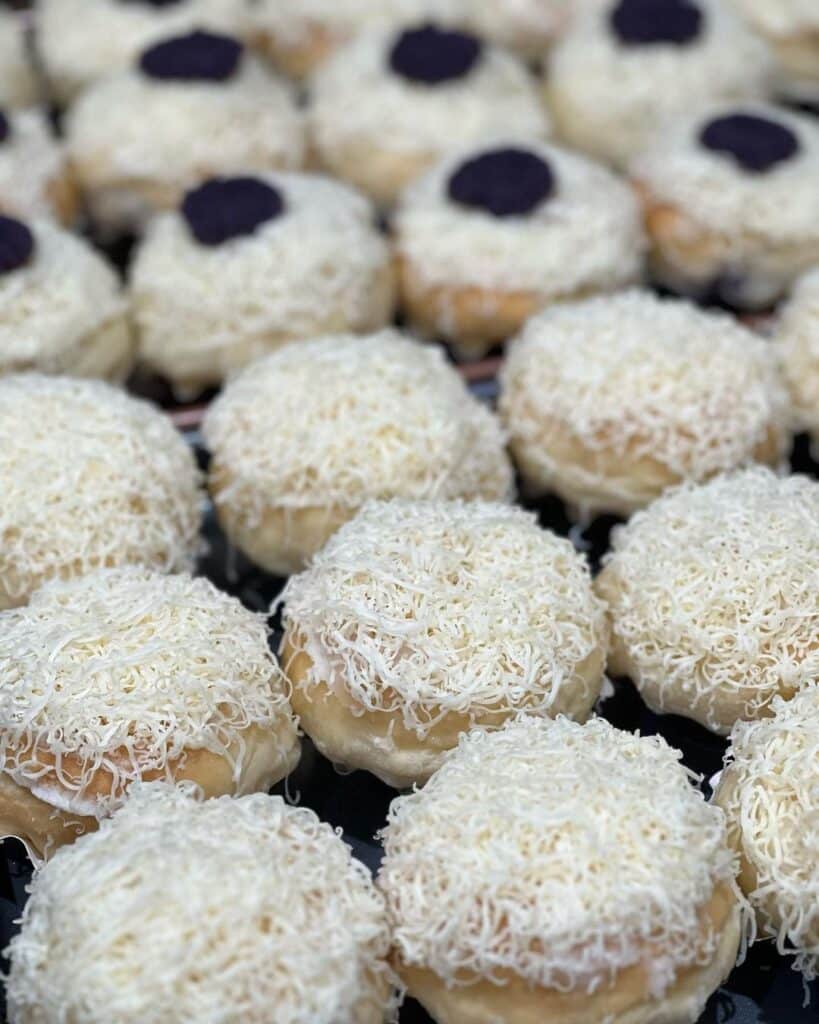
The meal known as ensaymada has Spanish origins, much like the merienda custom. It describes a particular sort of butter-baked Filipino brioche bread that is then covered in buttercream, sugar, and shredded cheese, typically queso de bola.
Ensaymada is a year-round food like bibingka, but the holiday season is when it is most revered. In the Philippines, individuals frequently give boxes of specially crafted ensaymada to friends and family as Christmas gifts.
Ensaymada is among the greatest instances of how Spanish culinary practices have influenced Filipino food.
8. Empanadas
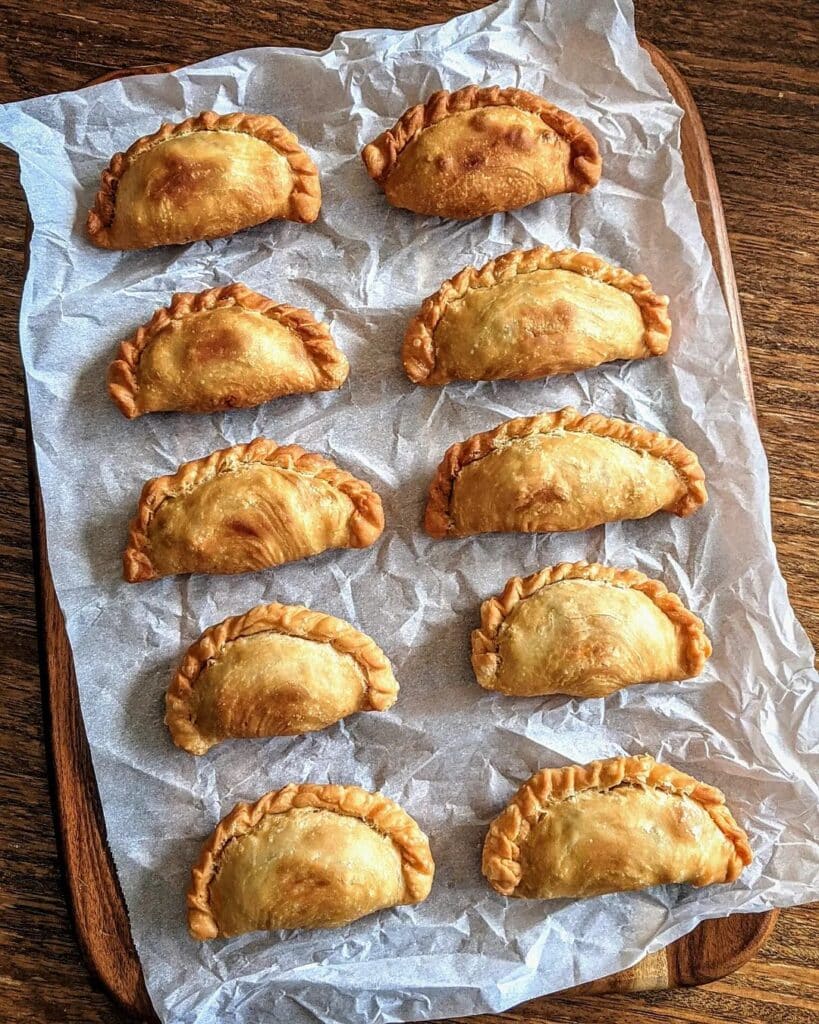
Another food that the Spanish introduced to the Philippines was the empanada. It is a half-moon-shaped baked or fried pastry filled with ground beef, potatoes, carrots, onions, and raisins and is popular across Latin America.
Filipino empanadas are typically tiny, measuring little over a palm’s length. For merienda, people frequently consume two or three of them. Vigan, a city in northern Luzon well-known for its unique food, is where one of the most well-known varieties of Filipino empanadas originates.
Due to the incorporation of annatto seeds in the batter, it is a bigger variety of empanada that is roughly the size of an American taco. The stuffing of the empanada from Vigan also varies. It is filled with mung bean sprouts, shredded carrots, hard-boiled eggs, and skinless Vigan longganisa in addition to grated green papaya.
9. Turon
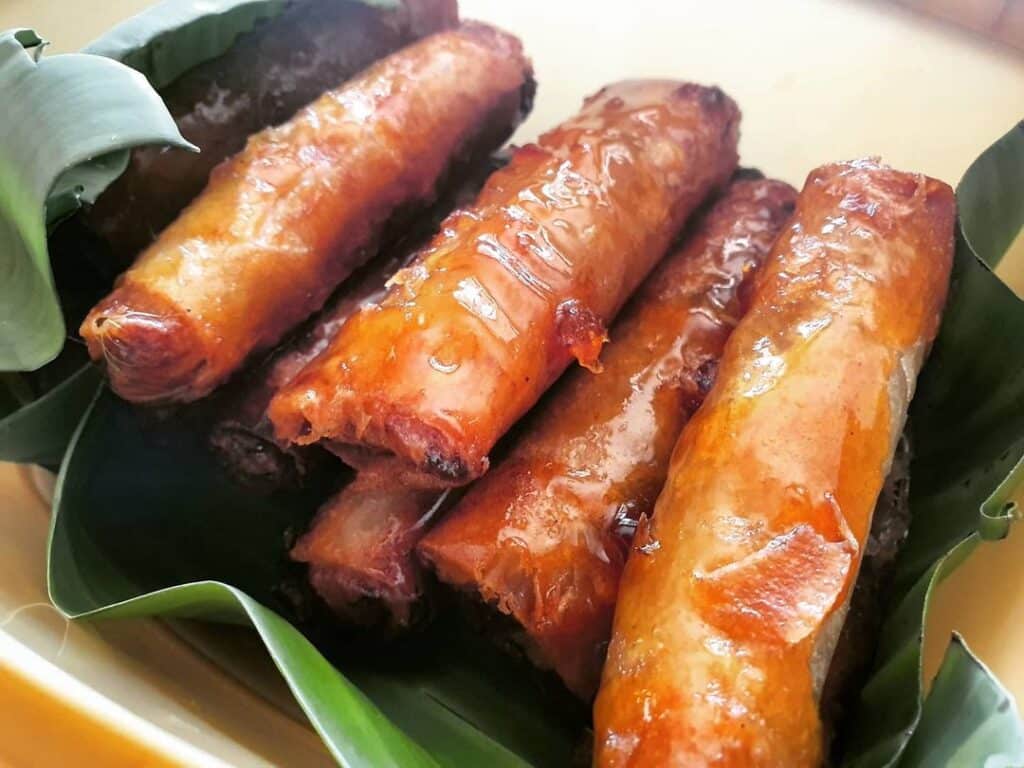
The turon, a delightful meal made with thin slices of saba banana coated in brown sugar and then deep-fried in a lumpia wrapper, is among the ideal Filipino snacks. It is a popular dessert item or street food in the Philippines, and it is a sweet and crunchy snack.
Turon is something that many Filipinos associate with happy memories. In fact, it’s one of the first foods visitors seek when visiting the country. It is Filipino comfort food at its best and is inexpensive and simple to make.
It is always packed with saba and is best eaten at room temperature. However, certain varieties might also include a thin slice of langka (jackfruit). For dessert, it may be served warm in restaurants with a dollop of vanilla ice cream.
10. Manga at Bagoong
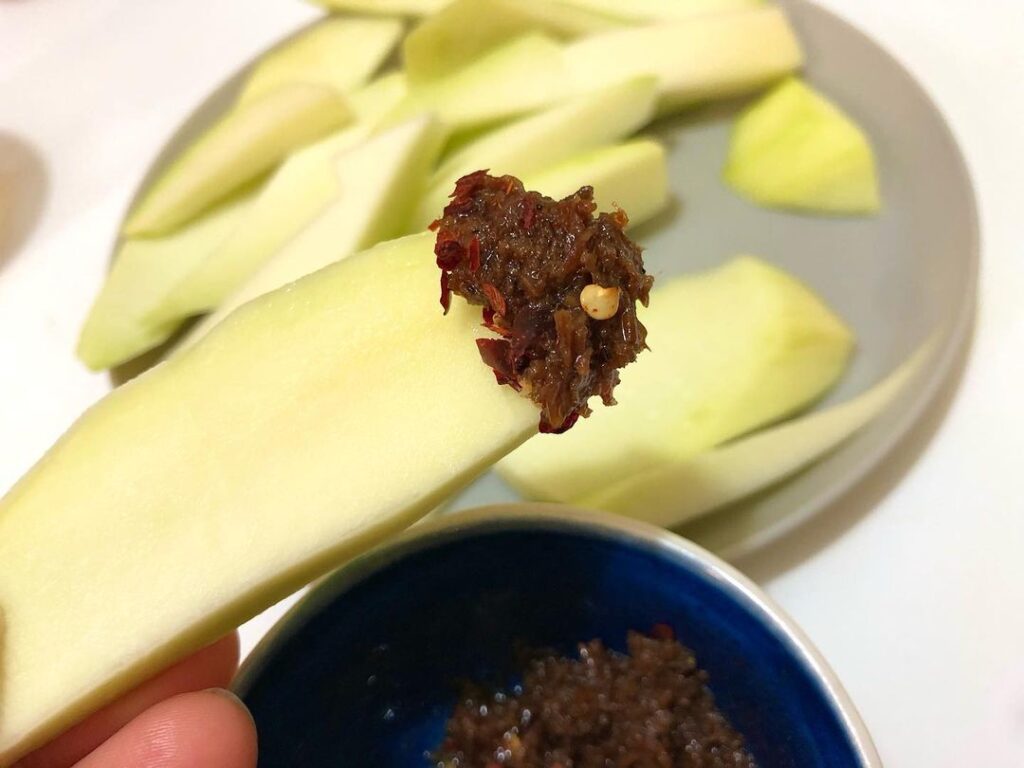
You might want to give Manga at Bagoong a try if you want guilt-free, healthier Filipino snacks. Even if green mangoes are harmless, bagoong is an acquired taste that not everyone likes.
“Mangga,” which is Filipino for “mango,” refers especially to unripe green mangoes in this context. It is chopped into slivers and frequently eaten as a snack with bagoong, a very fragrant sauce prepared from fermented shrimp or krill. It has a crunch and a sour flavor.
It’s a widely used condiment that can be found in many Southeast Asian nations, including Vietnam, Thailand, Malaysia, Singapore, and Indonesia. It’s salty, savory, a touch sweet, and fishy.
While Mangga with Bagoong may not be for everyone, someone with an experimental palate will undoubtedly like its flavor and textural punch.
Final Thoughts
As you can see, the small afternoon meal known as “merienda” is the best example of how important Filipino snacks (also known as Pinoy snacks) are to the Filipino culinary tradition. Filipino snacks are enjoyable and diverse, with some being sweet and others being savory. Whether you are familiar with these snacks or are just discovering them, they are definitely worth trying out.”

Nato is a content writer and researcher with a background in psychology. She’s passionate about writing about the candy industry and exploring the cultural significance of sweets and treats. She believes that the stories behind our favorite snacks can reveal a great deal about our values.
Please leave a review or any memories of this snack in the comments below. Thank you!
Click here for a full A-Z list of Snacks and Candy
